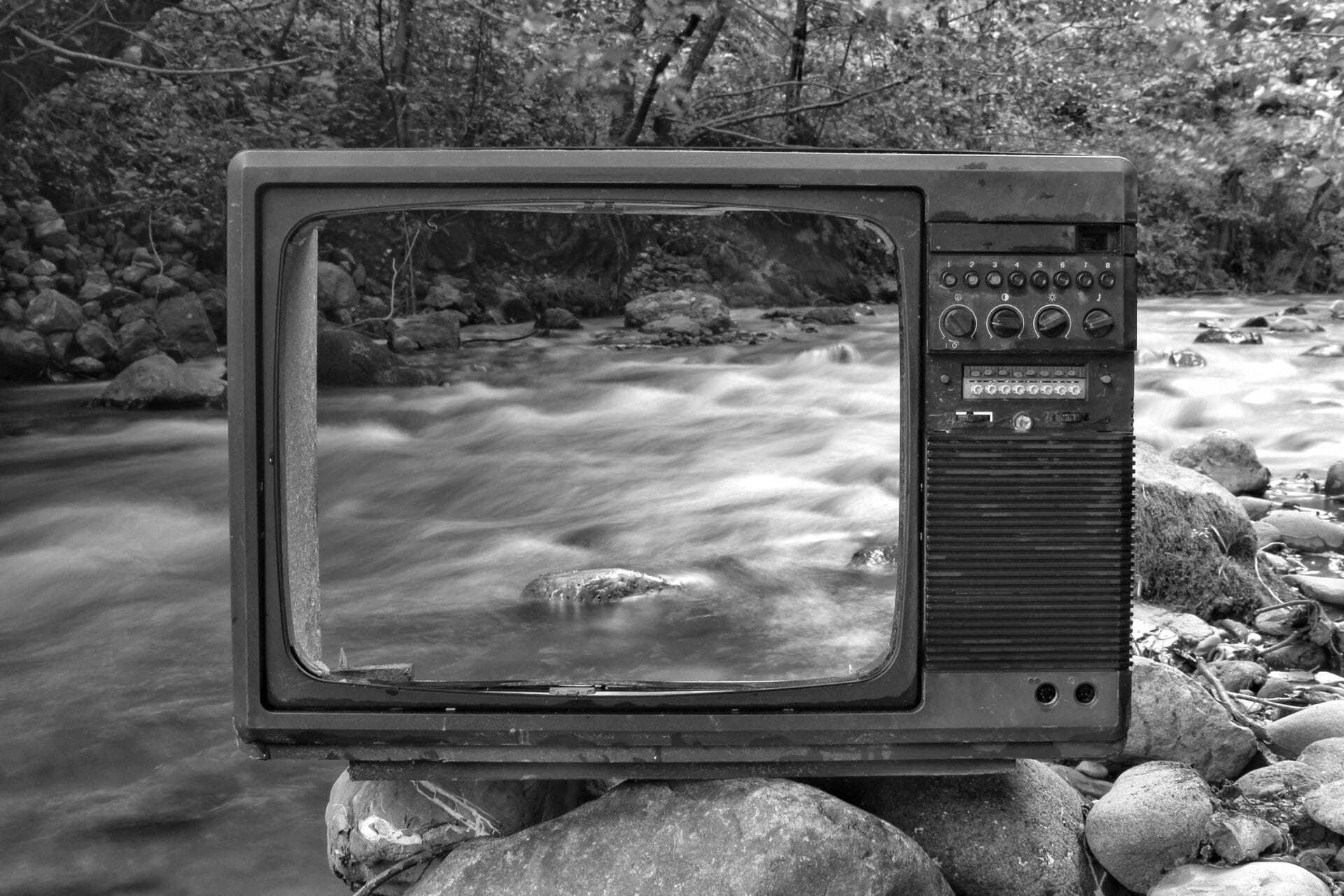Water damage restoration is an important process that can help to restore your home or business back to its pre-loss condition. But how long does it take? The answer varies depending on the extent of the damage, the type of building affected, and the type of restoration being performed. Generally speaking, water damage restoration can take anywhere from one day to several weeks, so it’s important to understand what you’re dealing with before getting started. In this article, we’ll discuss the timeline for water damage restoration and provide some tips for minimizing the duration of the process.The duration of water damage restoration depends on a number of factors, including the extent of the damage, the materials affected, and the type of water that caused the damage. Other factors include the amount of resources available to complete the restoration, the complexity of the job, and any additional repairs that may be needed. The location and size of affected area can also play a role in determining how long it will take to complete water damage restoration. Finally, if there are any health or safety concerns for those involved with the restoration process, this can also add to the length of time required to complete the job.
Assessing the Extent of Water Damage
Water damage can lead to extensive property losses and can be expensive to repair. It is important to assess the extent of the damage in order to determine the appropriate course of action. A professional water damage assessment will help you identify the underlying cause of the water damage, as well as any necessary steps for remediation.
The first step in assessing water damage is to determine the source of the problem. This could include a leaky pipe, a broken appliance, a backed-up sewer line, or any other source of water intrusion. Once you have identified the source, it is important to inspect the area for any signs of further damage. This could include mold, mildew, warping, discoloration, or other evidence of long-term water intrusion.
Once you have identified and inspected the damaged area, it is important to assess how much of your home is affected by the water damage. This will help inform your decision about whether or not to repair or replace damaged materials and appliances. In some cases, it may be more cost effective to replace certain materials than it would be to try and salvage them from further deterioration due to prolonged exposure to moisture.
It is also important to consider any potential health risks associated with water damage and mold growth. If you suspect that there has been mold growth due to long-term moisture exposure in your home, it is essential that you hire a professional service for mold remediation in order to ensure that your family’s health and safety are not compromised.
A thorough assessment of water damage can help you make informed decisions about how best to proceed with repairs or replacements in order to minimize further property losses and health risks associated with prolonged exposure to moisture in your home.
Step 1: Emergency Contact
The first step in water damage restoration is to contact a professional water damage restoration company. It is important to contact a reliable company as soon as possible after the incident to avoid further damage and minimize the risk of mold growth. The professionals will be able to assess the extent of the damage and provide an estimate for repair costs. A professional restoration team will also be able to determine what type of equipment and techniques should be used in order to restore your property.
Step 2: Inspection
Once the restoration team has been contacted, they will conduct an inspection of your property. This inspection will help them determine the extent of the damage and how much work needs to be done. During this inspection, they may also take photos and videos for documentation purposes, as well as check for any possible health hazards such as mold or mildew.
Step 3: Water Extraction
The next step is water extraction, which involves removing all standing water from your home or business. This process can be done manually with buckets and mops, or with specialized equipment such as wet/dry vacuums or pumps. It is important that all standing water is removed from your property in order for further steps in the restoration process to take place.
Step 4: Drying & Dehumidifying
Once all standing water has been removed from your property, it is time to begin drying and dehumidifying the affected area. This step involves using dehumidifiers and air movers (fans) in order to circulate air throughout the affected area. This helps remove excess moisture that may have been left behind by the standing water, which can help prevent further damage caused by mold growth or structural decay.
Step 5: Cleaning & Sanitizing
Once all moisture has been removed from your property, it is time to begin cleaning and sanitizing any items that may have been affected by the water damage. This includes carpets, furniture, clothing, books, documents, etc., anything that may have come into contact with contaminated water should be cleaned and sanitized properly in order to prevent any contamination or health risks associated with mold growth or bacteria buildup.
Step 6: Repair & Restoration
Finally, once everything has been cleaned and sanitized it is time for repairs and restorations to begin on any damaged items or structural elements within your home or business. This can range from replacing drywall or flooring boards that were damaged by flooding waters to restoring furniture pieces that were soaked due to a leaky pipe. Depending on the extent of damage caused by the incident, repairs can range from minor fixes such as patching up a wall hole or replacing some drywall paneling all the way up to major renovations such as rebuilding entire walls or floors within a room due to severe flooding incidents
Drying and Sanitizing the Affected Areas
It is important to dry and sanitize any affected areas when dealing with water damage. It is important to act quickly, as even a small amount of moisture can cause mold, mildew, and other forms of structural damage. In order to dry out an area, all wet carpeting or other wet materials should be removed, and any water should be extracted using a wet/dry vacuum. Air movers may also be used in order to speed up the drying process. Once all of the moisture has been removed, the affected area should be sanitized with a disinfectant or anti-fungal solution. This will help prevent mold, mildew, and other organisms from taking hold in the area. If any porous materials have been affected by water damage, they should be replaced as soon as possible in order to prevent further damage from occurring.
It is also important to inspect any affected areas for signs of structural damage or mold growth. If any structural damage is found, it should be addressed immediately in order to prevent further problems from occurring. Additionally, if there are signs of mold growth present, they should also be addressed immediately in order to prevent further health risks from occurring.
Repairing and Rebuilding Structures Damaged by Water
Water damage can cause extensive structural damage to your home or business, resulting in costly repairs. Fortunately, there are steps you can take to prevent further damage and repair the existing damage. Here is a guide to repairing and rebuilding structures damaged by water.
The first step in repairing water-damaged structures is to assess the extent of the damage. You will need an experienced contractor or engineer to determine the extent of the damage and recommend repairs that need to be made. Once the assessment has been completed, you can begin making repairs.
The next step is to remove any standing water from the area. This should be done using a wet vacuum or other appropriate equipment. It is important to ensure that all moisture has been removed so that mold and mildew do not form in the affected area.
Once all standing water has been removed, make sure that all areas are completely dry before beginning any repairs. If there are areas of persistent dampness, use dehumidifiers or fans to reduce moisture levels before continuing with repairs. When making repairs, use appropriate materials for the job such as concrete or wood sealants, depending on what type of material was damaged by water.
Another important step when repairing structures damaged by water is to make sure that all affected surfaces are cleaned with an anti-mold solution before being sealed or painted over. This will help prevent mold and mildew from forming in areas where moisture remains trapped.
After completing any necessary repairs, it is important to inspect for any remaining signs of water damage such as discoloration on walls or floors. If these signs remain present, further work may be necessary before painting or covering surfaces with carpeting.
Finally, it is important to regularly inspect your home for potential signs of water damage and make necessary repairs as soon as possible if any issues are found. By taking these steps you can help ensure that your home remains structurally sound and prevents future damage from occurring due to water intrusion.

Replacement of Materials
Replacement of materials is an important part of any renovation project. It involves replacing aging materials with new materials that are better suited to the needs of the space. This can include replacing outdated tiles, carpets, and even appliances. It is important to select materials that fit the style of the space and are of a high quality. Doing so will ensure that the replacement materials last for many years and provide a comfortable environment for those who use it. Additionally, selecting energy-efficient materials can also help to reduce energy costs over time.
Finishing Touches
Once all of the major components have been replaced, it is time to add the finishing touches to a renovation project. This includes things like painting walls, installing fixtures, and adding decorations. When selecting paint colors and finishes, it is important to consider how they will look in the space as well as how they will interact with other elements in the room. Additionally, fixtures should be chosen that match both the style and color palette already present in the space in order to create a cohesive look throughout. Finally, decorations should be selected in order to personalize the space while still maintaining a sense of harmony within it.
Timeframes for Water Damage Restoration
Water damage restoration is a complex process that involves several steps. Depending on the severity of the damage, the timeframe for restoring a property can vary significantly. The amount of time required to complete the restoration process also depends on several factors, such as the type of water damage, the size of the affected area, and other factors. Generally, water damage restoration can take anywhere from a few hours to a few weeks or even months.
For minor water damage caused by a broken pipe or appliance malfunction, it is possible to complete the process in just one day. In these cases, technicians will usually begin by removing any standing water and then use industrial-grade fans and dehumidifiers to dry out the area completely. They may also apply special cleaning solutions and disinfectants to neutralize any bacteria or mold present in the affected area.
In cases of severe flooding or extensive water damage, however, it can take much longer to restore the property completely. The technicians must first remove any standing water using powerful pumps before attempting to dry out the structure with fans and dehumidifiers. Depending on how severe the flooding was, this part of the process can take several days to complete. After that is done, technicians have to address any structural damage caused by moisture seepage as well as sanitize all affected areas with special cleaning solutions and disinfectants for mold and bacteria removal.
Once all these steps are completed, technicians will then conduct detailed inspections of all affected areas using advanced moisture detection equipment such as infrared cameras and hygrometers in order to check for hidden pockets of moisture that could cause future problems if left untreated. This step is typically necessary when dealing with older properties where there may be hidden pockets of moisture that require attention. Depending on how much work needs to be done and how extensive it is, this part of the restoration process can take anywhere from a few days up to a couple weeks.
Finally, after all these steps are completed and all affected areas have been cleaned up and dried out completely, technicians will then conduct a final inspection in order confirm that everything has been addressed properly before declaring the job finished. This final step typically takes no more than one day but can vary depending on how much work needs to be done.
In summary, timeframes for water damage restoration depend on several factors such as severity of damage as well as size of affected area among other things. Minor water damage can generally be restored within 1 day while more severe cases may take several days up to weeks or even months depending on work required and extent of structural damage caused by moisture seepage.
Risks Associated with Prolonged Water Damage
Water damage can cause a variety of risks to the structure of a building and the health of its occupants. Prolonged water damage can weaken walls, floors, and other structural components; compromise insulation; cause mold and mildew growth; and create an environment ripe for insect infestations. In addition, contamination from sewage or other sources can create health risks.
Prolonged water damage can also lead to dry rot, which is the deterioration of wood due to fungal growth. Dry rot weakens wooden structures, making them vulnerable to collapse. Dry rot also spreads quickly throughout the structure if not caught in time.
Mold is another risk associated with prolonged water damage. Mold spores travel through air ducts and other pathways in a building, leading to health problems such as breathing difficulties, skin irritation, headaches, and allergies. Mold spores are also a serious problem because they cannot be seen with the naked eye and may not be detected until it is too late.
Insect infestations can also occur due to prolonged water damage. Insects such as termites or carpenter ants are attracted to wet wood or damp materials in a building’s structure and can quickly spread throughout an entire building if not taken care of quickly.
Insulation is another component that is compromised due to prolonged water damage as it absorbs moisture, leading to an increased risk of fire or electrocution if not addressed immediately.
Finally, contaminated water from burst pipes or sewage back-ups can lead to serious health risks for people exposed to it in their homes or workplaces. Contaminated water often contains harmful bacteria that can cause illnesses when ingested or inhaled. It is important to seek professional help when dealing with contaminated water as it can be difficult for untrained individuals to identify the source of contamination accurately and assess any potential risks posed by it.
In conclusion, there are many risks associated with prolonged water damage including weakened structures, mold growth, insect infestations, compromised insulation materials, and contaminated water sources which could lead to serious health problems if not addressed properly in a timely manner.

Conclusion
Water damage restoration depends on the extent of the damage. Projects can range from a few days to a few weeks, depending on the size and scope of the affected area. It is important to be aware that while water damage restoration can be completed in a relatively short amount of time, it is essential to have all necessary safety precautions in place when dealing with water-affected areas. Proper assessment and planning should be done prior to beginning any repair or restoration project. In order to ensure that a property is restored to its original state, it is important for homeowners and property owners to work closely with experienced professionals who are knowledgeable about water damage restoration techniques.
Overall, water damage restoration takes an amount of time that varies depending on the severity of the damage, but proper planning and guidance from experts can ensure that the project will be completed in an efficient and safe manner. The process may take longer than expected but with patience and knowledge, it is possible for homeowners and property owners to restore their homes back to their original state.

